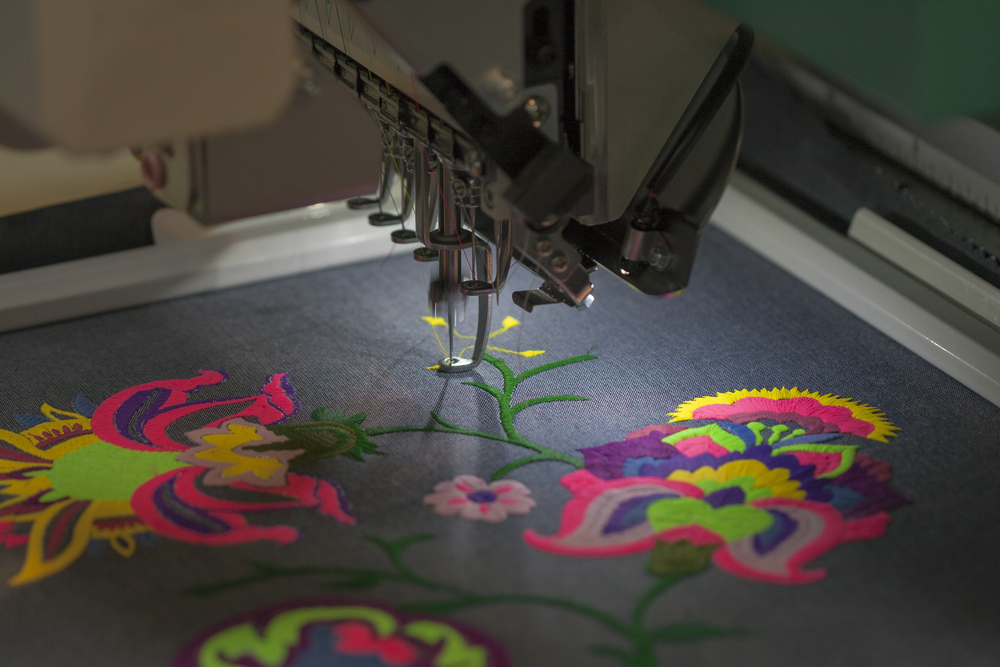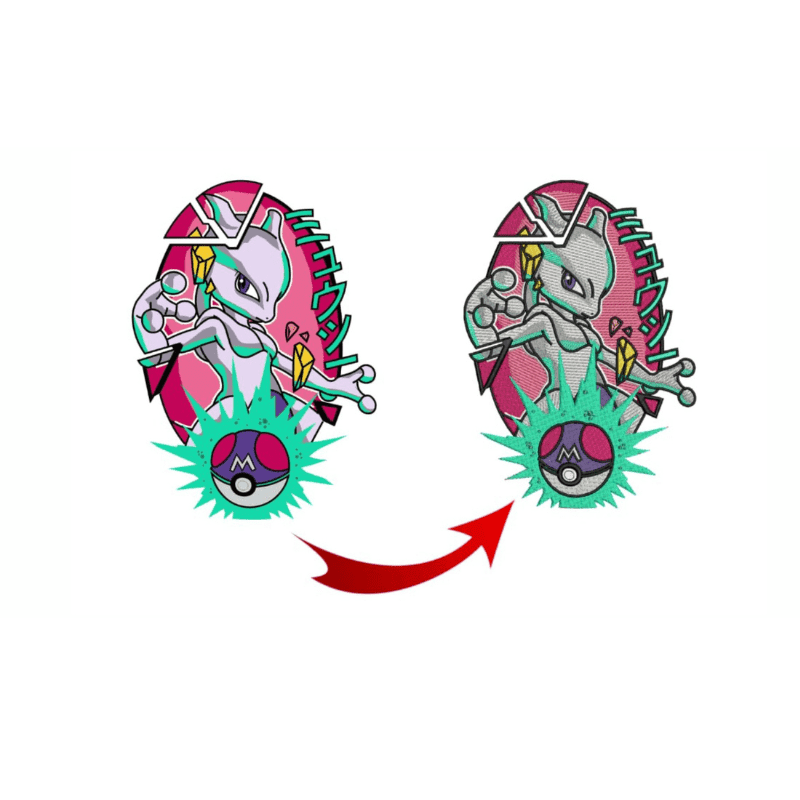Economical Digitizing for Embroidery: Precision and Information
Economical Digitizing for Embroidery: Precision and Information
Blog Article
Grasping the Needlework Digitizing Refine: Your Ultimate Guide
Embroidery digitizing is a precise craft that calls for accuracy and expertise to equate detailed layouts right into electronic formats for device embroidery. As artisans start this trip to master the needlework digitizing process, a comprehensive understanding of the fundamentals sets the structure for quality. Past the fundamental understanding lies a realm of innovative software program, specialized tools, and nuanced techniques waiting to be explored. By delving into the subtleties of digitizing, one can unlock a globe of imaginative possibilities and elevate their embroidery jobs to brand-new heights.

Recognizing Embroidery Digitizing Fundamentals
Embroidery digitizing fundamentals form the foundation whereupon detailed designs are translated into machine-readable styles for exact sewing. This preliminary action in the needlework digitizing procedure is crucial for ensuring that the final embroidered product is a devoted representation of the initial design. Understanding embroidery digitizing fundamentals entails grasping vital concepts such as stitch kinds, sew instructions, density, underlay, and draw payment.
Sew types play a crucial function in identifying the aesthetic and textural end result of the embroidered style. By picking the appropriate stitch type, whether it be satin, fill, or running stitch, digitizers can attain the wanted effect and enhance the total quality of the embroidery. Furthermore, sew direction affects the flow and measurement of the layout, while thickness establishes the spacing and protection of the stitches.
In addition, padding sewing gives security to the style by protecting the textile and protecting against distortion during the embroidery procedure. Pull compensation is another essential factor to consider to neutralize the natural tendency of material to contract when stitched. Understanding these needlework digitizing basics is fundamental for developing professional-quality stitched items.
Choosing the Right Digitizing Software Program
Choosing the suitable digitizing software application is an important choice that substantially affects the efficiency and quality of the embroidery digitizing process. Digitizing for Embroidery. When selecting the best digitizing software, it is important to think about factors such as the complexity of layouts you intend to produce, the user-friendliness of the software program, the level of customer support used, and the compatibility with your embroidery maker
There are different digitizing software program options readily available on the market, varying from standard programs for novices to advanced software application for professional digitizers. Some popular choices consist of Wilcom EmbroideryStudio, Hatch Embroidery Software Application, and PulseID. These software offer a variety of tools and functions to aid you create elaborate layouts effortlessly.
Prior to deciding, it is recommended to discover the different software alternatives through cost-free trials or demonstrations to determine which one finest fits your demands. Additionally, reviewing evaluations and seeking referrals from skilled digitizers can provide useful understandings right into the check out this site strengths and weaknesses of each software bundle (Digitizing for Embroidery). By thoroughly reviewing your requirements and comparing the functions of various digitizing software program, you can make an informed option that boosts your embroidery digitizing operations
Digitizing Devices and Methods

Optimizing Style Settings for Needlework
Grasping the complexities of style setups is essential in achieving optimum results in the embroidery digitizing procedure, structure upon the foundation laid by understanding digitizing tools and strategies. When enhancing layout settings for needlework, it is vital to think about variables such as stitch kind, thickness, padding, pull payment, and enrollment. Enrollment settings line up various aspects of the design accurately, preserving general style stability.

Troubleshooting Common Digitizing Issues
When coming across typical digitizing problems during the needlework process, it is important to comprehend the source and apply efficient services quickly. One common trouble is stitch thickness issues, where stitches might be too thick, triggering the fabric to tighten, or too thin, causing gaps in the style. Changing the stitch density setups in the digitizing software can help settle this problem.
One more constant difficulty is thread breaks during the embroidery procedure. This can happen due to various reasons such as incorrect tension setups, plain needles, or utilizing low-grade thread. Guaranteeing correct maintenance of the embroidery device, consisting of routine needle modifications and stress adjustments, can decrease the event of string breaks.
Additionally, layout enrollment mistakes can cause misaligned components within the embroidery design. Checking the design positioning in the digitizing software application and making necessary adjustments before sewing can aid in avoiding this issue. By dealing with these look at this site typical digitizing problems immediately and successfully, you can guarantee a smoother needlework process and top notch completed items.
Verdict
To conclude, mastering the needlework digitizing process calls for a solid understanding of the essentials, the appropriate choice of software application, and knowledge of devices and strategies. Enhancing style settings and fixing usual digitizing concerns are essential actions in making sure top notch embroidery results. By following these actions carefully, one can achieve accuracy and effectiveness in the digitizing procedure.
Report this page